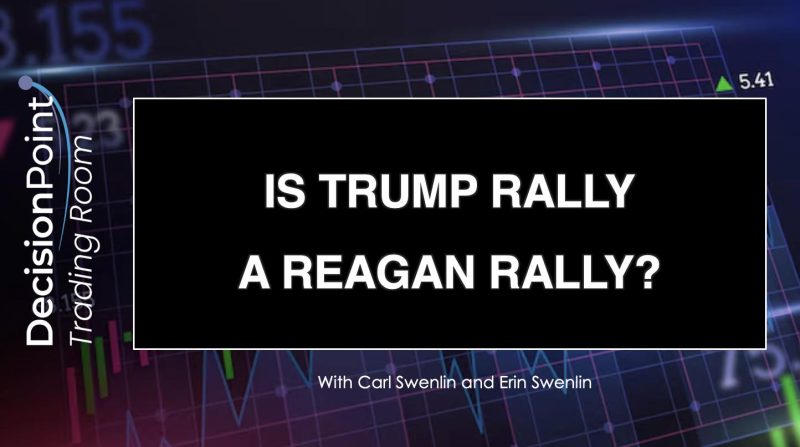When examining the rallies of President Donald Trump and President Ronald Reagan, the comparison can reveal fascinating political historical insights. Both presidents were renowned for their larger-than-life personalities, charismatic appeal, and non-traditional routes to presidential candidacy. They sparked waves of passionate support, resulting in significant gatherings of their base. Their rallies — the Trump rally and the Reagan rally — are iconic in modern American political history. However, are they truly similar? Let’s delve in to find a comprehensive answer.
To properly compare the Trump and Reagan rallies, it’s crucial to understand the backdrop against which each occurred.
Reagan, having been a Hollywood actor and a governor, employed an old-school, Hollywood charm that attracted millions of Americans. His rallies were often characterized by good humor, optimism, and his well-known catchphrase, “Morning in America.” Reagan’s promises of smaller government, lower taxes, and strong national defense resonated with many voters, most importantly within the so-called Reagan Democrats – blue-collar workers who departed from their democratic root in his favor. At the Reagan rallies, there was a palpable sense of commonality and collective hope, cementing Reagan’s persona as a unifier.
On the other hand, Trump, a businessman and reality TV star, energized a somewhat different demographic. Frustrated with the political status quo, these supporters found solace in Trump’s promise to “drain the swamp.” The Trump rallies were arguably more volatile and polarizing than those held by Reagan, epitomized by chants such as “lock her up” and “build the wall.” Trump’s rallies projected an image of a leader who did not shy away from controversy, creating a bond between him and his supporters who perceived him as a political outsider willing to shake things up.
Taking into account these contexts, the Trump and Reagan rallies significantly differ despite some shared traits. While both capitalized on their fame prior to politics and rallied against the established order, their approach and tone were starkly different. Reagan used the power of optimism and national pride, while Trump focused on American grievances and a desire for reform.
Moreover, the demographics attracted by each president at their rallies also differed, reflecting their contrasting strategies. Reagan’s rallies appealed to a broad spectrum of Americans, including those disillusioned with the status quo but still hopeful for a united, prosperous America. In contrast, Trump’s rallies often attracted those perturbed with liberal policies, political correctness, and immigration — embodying a more complex, populistic political zeitgeist far different from Reagan’s time.
Reagan’s rallies echoed a positive, aspirational vision of America, prompting unity and shared stances. In contrast, the Trump rally, though equally passionate, took a more combative approach, openly challenging norms and divisions within society.
In essence, both the Trump and Reagan rallies were manifestations of their distinctive leadership styles, differing political climates, and unique strategic approaches. They both led potent political movements that fascinated America and beyond, yet fundamentally, the way they achieved influence over their supporters and the ideals they promoted were different. Therefore, while invoking similar energies and mass mobilization, the Trump rally, in many aspects, isn’t quite like the Reagan rally.




